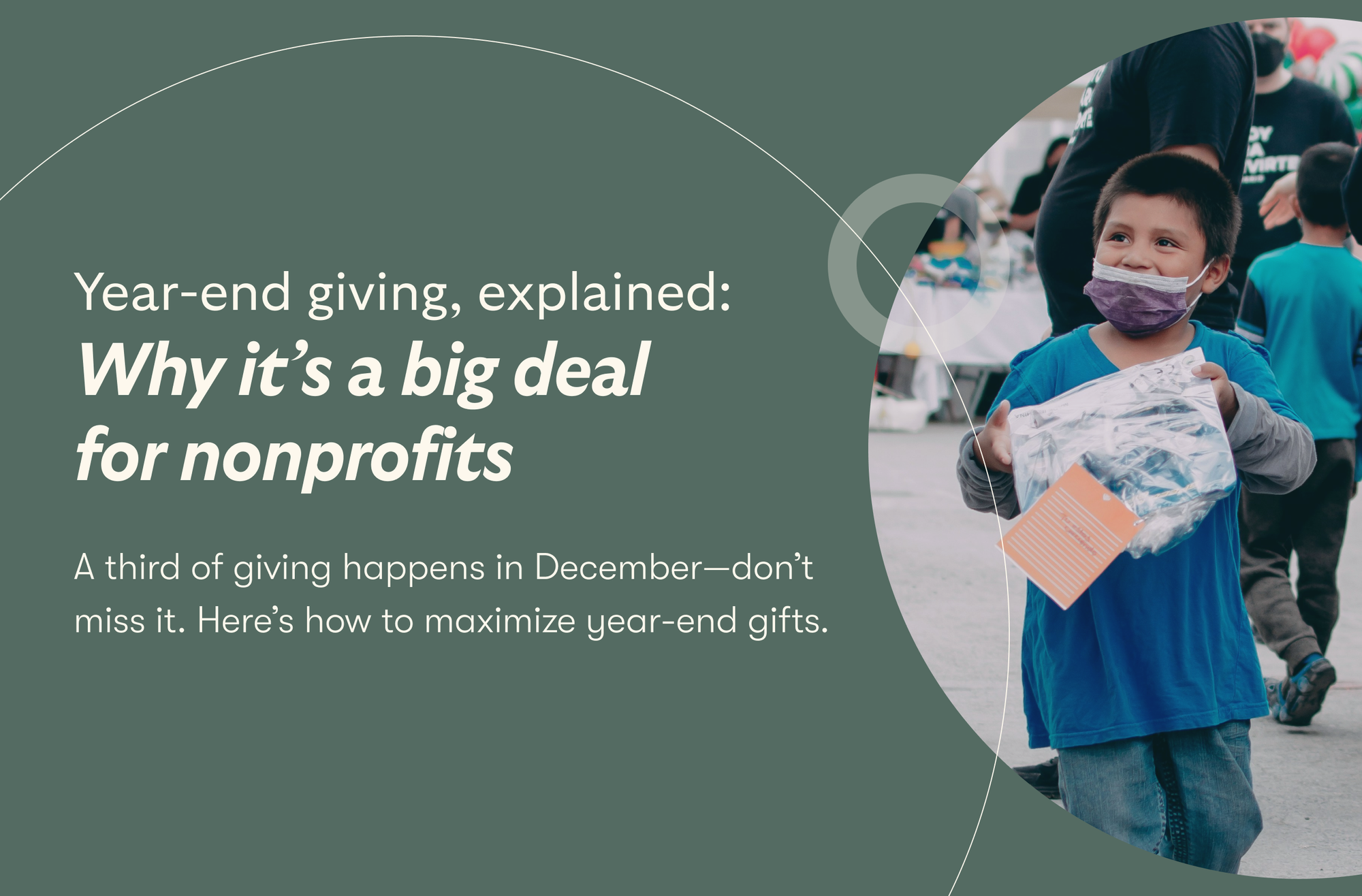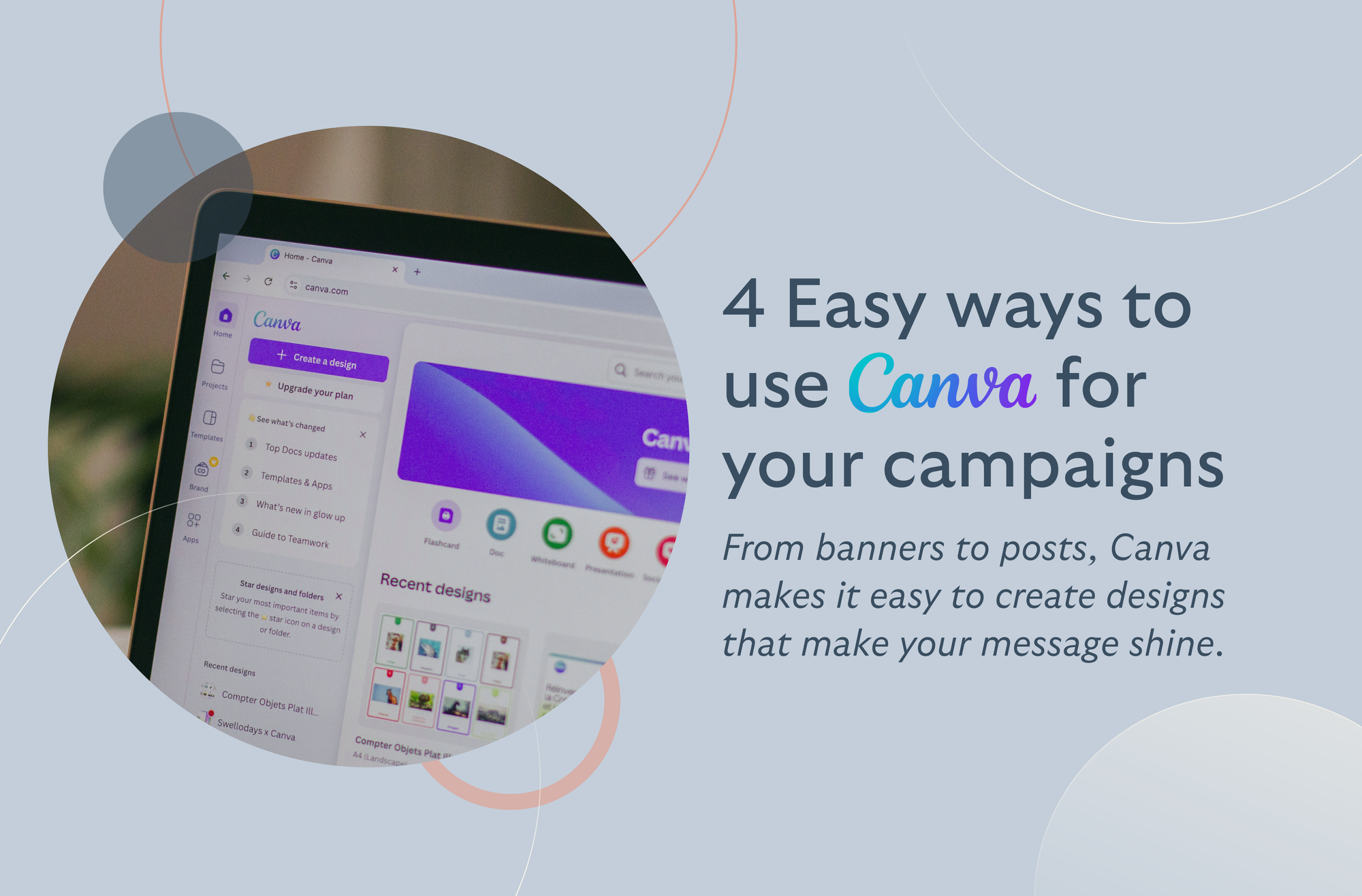Select and customize the fundraising method best suited for your organization
BetterWorld seamlessly integrates with both online and in-person auctions
Impress donors with creative raffle items and elegant online raffles
Create attractive donation pages that maximize donor impact and boost online giving
Your Roadmap to Launching a Nonprofit in California
By Colin Hunter

Welcome to the land of perpetual sunshine and endless innovation—California! If you've got big dreams and even bigger plans to make a difference, this is the place to be. California isn't just a state; it's like this giant melting pot of ideas where anything feels possible.
Why Start a Nonprofit in California?
If you've been mulling over the idea of starting a nonprofit, California isn't just a dreamy backdrop—it's the ideal springboard for your venture. Here's the lowdown:
First off, we've got this buzzing nonprofit scene that's like no other. There are thousands of organizations here, covering everything from education and healthcare to the arts and beyond. It's like a nonprofit wonderland, ripe for collaboration and wisdom-sharing.
Did you know that California is home to over 190,000 registered nonprofit organizations? That's right—190,000! From small community-based initiatives to global humanitarian giants, the nonprofit sector in California is as diverse and dynamic as the state itself. Whether you're all about education, healthcare, furry friends, or saving the planet, chances are there's a team out there already making waves in your chosen field. But fear not, fellow dreamers, because there's always room for one more star in the California nonprofit constellation. So, if you've got a vision and a mission, California is ready and waiting to welcome you with open arms.
Now, let's talk numbers. Did you know that the nonprofit sector in California contributes over $208.5 billion to the state's economy annually? That's not chump change, folks—that's a serious economic powerhouse!
And here's the real kicker: when you start your own nonprofit, you're not just diving into charity work. You're also adding fuel to California's economic fire. Every service you provide, every job you create—it all adds up to a stronger, more vibrant state for everyone. So, if you're ready to turn your dreams into reality and make a real impact, California is calling your name. Let's make some magic happen!
Step 1: Naming Your Nonprofit
Alright, let's talk names. You've probably got some brilliant ideas bouncing around in that mind of yours, but before you get too attached, we need to make sure your dream name is available. Thankfully, the California Secretary of State website has a handy tool that lets you check if your desired nonprofit name is up for grabs.
So, head on over to the website and plug in your top choices. If your desired name is available, hooray! If not, don't sweat it—this just means it's back to the drawing board. And hey, the website even offers some nifty tips to help you brainstorm a name that's as unique as your mission.
Step 2: Choosing Your Corporate Structure
Let's talk shop. When it comes to setting up your nonprofit in California, you've got a few options to choose from when it comes to your corporate structure. Here's the lowdown:
- Religious Corporations: If your nonprofit is affiliated with a religious organization or serves a religious purpose, a religious corporation might be the way to go. These organizations are governed by special rules and regulations under California law and must meet specific criteria to qualify.
- Public Benefit Corporations: Ah, the classic choice for most charitable organizations. Public benefit corporations are formed for the purpose of benefiting the public or a particular community. They're the bread and butter of the nonprofit world, and they come with a host of rules and regulations to ensure transparency and accountability.
- Mutual Benefit Corporations: Now, if your nonprofit's primary purpose is to benefit its members rather than the general public, a mutual benefit corporation might be the ticket. These organizations are often used for social clubs, homeowners associations, and other membership-based groups.
- Mutual Benefit Common Interest Development (CID) Corporations: These organizations are similar to regular mutual benefit corporations but are specifically designed for common interest developments, such as condominiums and planned communities. They operate under their own set of rules and regulations to ensure the smooth functioning of the community.
Step 3: Selecting Your Board of Directors
It’s time to assemble your nonprofit dream team—the board of directors! In California, there are a few requirements you'll need to keep in mind when appointing your board. First off, you'll need at least three directors for your nonprofit, but hey, the more, the merrier, right? These directors will be the guiding lights of your organization, so choose wisely and make sure they're as passionate about your cause as you are!
Step 4: Appointing Your Registered Agent
Next up, we've got the registered agent—a.k.a. your nonprofit's official point of contact with the state. This superhero will receive all legal documents and notices on behalf of your organization, so it's crucial to choose someone reliable and responsible. Bonus points if they've got a knack for paperwork and a heart of gold!
Step 5: Filing California Articles
Now, when it comes to signing off on those articles, you've got a couple of options. You can either have them signed by an incorporator or by the initial board of directors named in the articles. Easy peasy, right? And here's the best part—you won't need to include fancy titles for these board members. They're just regular folks like you and me, ready to make a difference in the world.
Next up, let's talk paperwork. The form you'll need to file for California's Articles of Incorporation is none other than FORM ARTS-PB-501(c)(3). It may sound like a mouthful, but trust me, it's not as intimidating as it seems. This form is specifically for corporations seeking tax-exempt status with the IRS—a crucial step for nonprofits like yours.
But here's the catch: filing this form doesn't mean you're off the hook for California income tax. Nope, sorry folks, you'll still need to cough up a minimum of $800 a year to the state. But fear not! If you're looking for that sweet exemption, just file Form FTB 3500 with the state of California, and you'll be good to go.
Step 6: Filing Your Initial Report
Now that you've got the ball rolling on your nonprofit journey, it's time to get a bit bureaucratic—but don't worry, we'll walk you through it! Your next move is to file what's called an Initial Report, and in California, this is done using a form called SI-100, also known as the Statement of Information. This form is basically like your nonprofit's way of introducing itself to the state. You'll provide some basic info about your organization, like its name, address, and the names of its officers and directors. It's not too complicated, but it's an important step to keep your nonprofit in good standing with the state.
Step 7: Applying for an EIN
Think of it as your organization's social security number—it's what you'll use for all your tax filings and other official paperwork. Applying for an EIN is free and pretty straightforward. You can do it online through the IRS website (fill out Form SS-4), and you'll just need to provide some basic info about your nonprofit, like its name and address. Once you've got your EIN, you'll be all set to start tackling those tax forms like a pro!
Try BetterWorld’s robust suite of charity & nonprofit fundraising tools for FREE!
Step 8: Establishing Nonprofit Bylaws
These are the rulebook that governs how your organization operates. They cover things like how meetings are conducted, how decisions are made, and the roles and responsibilities of your board members. Now, don't worry if you're not a legal whiz—there are plenty of templates and resources out there to help you draft your bylaws. Just make sure to tailor them to fit your organization's unique needs and mission.
Step 9: Registering with California's AG
Now that you've got your paperwork in order, it's time to make things official with the California Attorney General’s Registry of Charitable Trusts. This registry is like the keeper of all things nonprofit in California—it's where you'll officially register your organization as a charitable trust. You'll need to submit some paperwork and pay a small fee, but once you're registered, you'll be good to go to start soliciting donations and doing all that good charitable work.
Step 10: Applying for Federal Exemption
This is the big one—getting that coveted tax-exempt status for your nonprofit. This is what will allow your organization to avoid paying federal income tax on its earnings, as well as qualify for certain benefits and grants. To apply for tax-exempt status, you'll need to fill out either Form 1023 or Form 1023-EZ, depending on your organization's size and revenue. These forms can be a bit daunting, but don't worry—there are plenty of resources out there to help you navigate the process. Just take your time, dot your i's, cross your t's, and before you know it, you'll be well on your way to tax-exempt status!
Step 11: Applying for California State Tax Exemption
Now it's time to tackle California state tax exemption. This is what will give your nonprofit a pass on paying certain state taxes. To get this ball rolling, you'll need to fill out Form 3500. It's like your golden ticket to tax-exempt status in the Golden State. Just make sure to follow the instructions carefully and provide all the necessary info, and you'll be one step closer to saving some serious cash!
Step 12: Registering for Charitable Fundraising
In California, every charitable nonprofit needs to register for charitable fundraising, regardless of whether you file Form 990s annually. This means filling out Form RRF-1. It's like your organization's way of saying, "Hey, we're here to do good, and we want to do it by the book." So, grab that form, fill it out with all the relevant details about your nonprofit, and get ready to start making a difference the right way!
Step 13: Creating Your Nonprofit Bank Account
To keep your nonprofit's finances in order, you'll want to set up a dedicated bank account just for your organization. This makes it easier to track your funds, pay bills, and keep everything nice and tidy come tax time. Just head on over to your bank of choice, let them know you're setting up a nonprofit account, and they'll walk you through the process. Easy peasy!
Step 14: Submitting Your Annual Report
Time to dust off those financial records and get ready to file your nonprofit's annual report. In California, this means filing a Form 990 with the IRS every year. This is your chance to show the world what your organization has been up to, how you've been using your funds, and the impact you've been making in your community. So, gather up all your paperwork, double-check those numbers, and get ready to make your nonprofit proud!
Wrapping Up!
Congratulations, changemakers, you're on your way to transforming dreams into reality with your very own nonprofit organization in the Golden State! From brainstorming that perfect name to navigating the maze of legalities, you've powered through each step of the journey like pros. Now, as you gear up to launch your nonprofit in California, remember that every checkbox you've ticked off represents a milestone in your mission to make a difference.
You've named your organization with purpose, chosen the right structure to support your vision, and handpicked a stellar board of directors to steer your ship towards success. With a registered agent in your corner and your Articles of Incorporation filed, your nonprofit is officially on the map!
But wait, there's more—let's not forget about that all-important EIN and those essential bylaws that'll keep your organization running like a well-oiled machine. And with your registration with the California Attorney General’s Registry of Charitable Trusts locked in, you're ready to hit the ground running as a bona fide force for good.
As you navigate the final steps—securing tax exemptions, registering for charitable fundraising, and setting up your nonprofit bank account—keep your eyes on the prize: making a meaningful impact in your community and beyond.
Ready to go forth, create, inspire, and make waves of change that resonate far and wide? BetterWorld invites you to embark on your journey with our seamless nonprofit fundraising solution. Raise more with less effort. Set up your campaign and start raising money in as little as five minutes. Choose and customize the fundraising method that best suits your organization's goals. Whether you're planning an in-person, virtual, or hybrid fundraiser, simply share the link to your campaign, and watch your fundraiser take flight. Start your fundraising journey for free today!

Join 105,000+ amazing nonprofits, organizations, and fundraisers on BetterWorld

Let our FREE fundraising tools help you raise more funds with less effort








